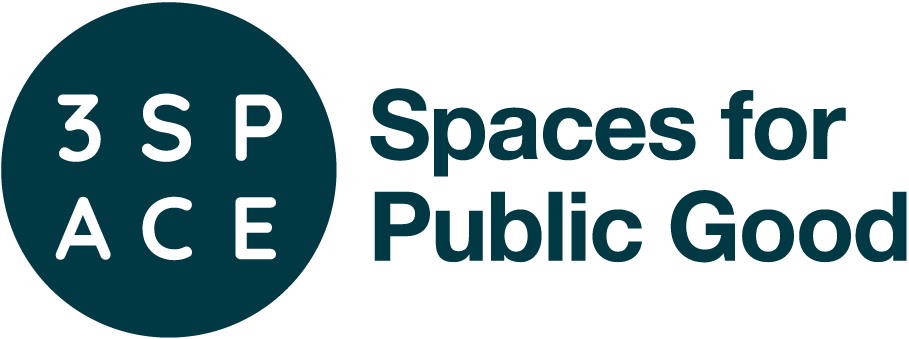Meanwhile, the future of the city. Closed for Business
THis is the closest thing we have to a manifesto...
It summarises our thoughts behind why Meanwhile Use is fundamental for cities and urban growth. It was prepared by Henry and Andrew, and we welcome your thoughts and views. You can also view a summary in slideshare from back in 2014 here.
Meanwhile, the future of the city. Closed for Business
The biggest urban problem is also its solution.
Why vacant space holds the key to the city.
Why vacant spaces will drive successful cities.
Why our urban future can not (just) be commercially driven.
Smart communities, not smart cities.
Cities hold the keys to their own futures.
The problem:
Cities are our future. Cities might drive economic growth, yet too often cities are successful in spite of themselves: urban environments are inhospitable, if not outright hostile to large swathes of their populations (especially those that are less ‘economically attractive’)
Successful cities will be those that both create and foster communities that are truly and genuinely sustainable. This is about more than (just) environmental sustainability: only cities with high levels of social, economic and cultural diversity will thrive.
The solution:
Every city has millions if not billions of dollars of value lying ‘trapped’ in its physical infrastructure, value that has been impossible or difficult to access through traditional commercial channels.
This value can be unlocked via ‘meanwhile use’: temporary, short-term and non-commercial use of otherwise vacant property.
Meanwhile users can be community organizations, non-profits, early stage start-ups or social entrepreneurs. They are actors who are willing and able to operate flexibly and on short time horizons: to connect physically, to test new initiatives or to reach new audiences.
Where meanwhile use gets exciting is that it offers a future in which cities can conjure - and most importantly maintain - diverse and sustainable communities simply through more efficient use of existing assets.
Why now?:
How and where value is created is changing. Knowledge, talent and capital are mobile, yet also networked and therefore highly sensitive to feedback loops. Diversity, connectedness, spontaneity and accessibility are drivers of both economic success and personal happiness.
The resources and time needed to extract value from physical space is falling. New structures, new technologies and new norms mean that previously ‘trapped’ value is now increasingly accessible.
How property owners ‘win’: from liabilities to assets
None of this would matter if the value created from meanwhile use simply flowed to the community. We are not the ones with the keys. But meanwhile use generates economic value for property owners too.
For owners, vacant space is a liability: there are costs (both direct and in lost revenue), and long-term vacancies destroy economic value.
Meanwhile use, despite not being directly commercial, creates economic value. In the short-term: consumer-facing brands can boost their reputations by turning store/ branch closures into a positive (by turning surplus space over to the community); increased activity attracts other (commercial) businesses to the neighborhood.
While in the longer-term, diverse non-commercial activities increase the livability and desirability of the area, increasing surrounding rents and underlying property values. Indeed, it has long been known that slices of non-economic activity can have profound economic impacts: New York’s High Line park is estimated to have spurred $2bn of economic activity.
What meanwhile use is and isn’t:
Meanwhile use is about giving the community itself space to experiment across a wide range of activities, from arts and cultural initiatives to providing additional health and educational services, to fostering new local businesses. Many of those experiments will fail. However, experimentation and diversity lie at the heart of the complex creative chaos that will drive value in the 21st century.
Meanwhile use is not just about regeneration, with its tendency towards inherent unsustainability as soon as prices start to upward trajectory.
Meanwhile use is also not about top-down solutions that impose a pre-determined vision of the city, or attempt to manufacture authenticity.
The broader strategic picture: meanwhile use & sustainable advantage
The concept of 'shared value' - where business value is intrinsically linked to social value is a relatively new concept, being viewed by many in the C-suite as the environment movement was two decades ago.
Yet the experience of the financial crisis shows that excessive and narrow attempts at economic maximization are as fundamentally flawed as they are deeply unsustainable. Even more so when it comes to the actual physical spaces that people inhabit, where there is a basic need for the excitement and spontaneity that non-commercial activities can offer.
Successful cities need diverse and vibrant communities to thrive. Wall St needs the East Village. The City of London needs Shoreditch. Even Singapore and Dubai have realised that they need to take a holistic view of the urban environment. Simply building malls and condos is not the answer.
Which is where meanwhile use offers a route towards long-term sustainability. Even booming city centers have ‘cracks’: moments where otherwise vacant spaces can be made available to community organizations, non profits or social entrepreneurs.
Indeed, ensuring that these cracks are made available will be an important tool in creating - and sustaining - the community-focused cities where people want to live.
Sustainable
Adaptable
Inclusive

